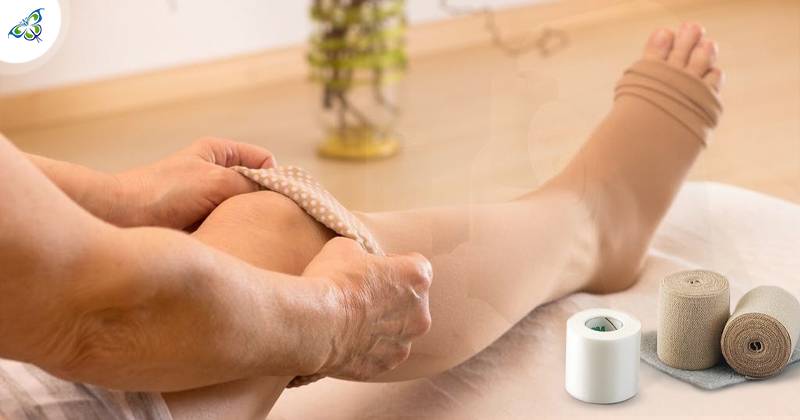
Hello
Select Address

‘Swelling’ – in the simplest of terms, this is what lymphedema hints at. Edema, as we all know, is some form of swelling. The inflammation arises from the malfunctioning of the lymph nodes in your body. The latter again could be a consequence of some surgery (where some lymph nodes got removed) or one of the cancer treatments that might have impaired the lymph node!
Did you know that such an after-effect of cancer treatment may show up years later when you have had probably forgotten the nightmarish days of chemo and radiation therapies?
What’s the Lymphatic system?
The lymphatic system is a circulatory system that contributes to maintaining the immunity levels in our body. It aids in the uninterrupted movement of fluids throughout the body. The lymph nodes are responsible for filtering out the waste matter from the body fluids and flushing them out.
A damaged or malfunctioning lymph node thus results in the fluids running back into the tissues. The cause of body swelling and inflammation is therefore obvious! This phenomenon is called Lymphedema or lymphatic obstruction. In a nutshell, the blockage of lymph nodes leads to fluid build-up and consequent inflammation.
Lymphedema symptoms
What are the indications of Lymphedema?
These are, precisely, the common symptoms of lymphedema. When the latter is an outcome of some form of treatment like cancer therapies, breast surgery, or psoriatic arthritis it is known as ‘secondary lymphedema’. An injury or trauma could also be responsible for such types of lymphedema.
Primary lymphedema is the one that does not bear a causing factor and is mostly inherent. Congenital Lymphedema is the one that’s present since birth and is a result of abnormal formation of the lymph nodes!
That was all about the condition of lymphedema or lymphatic obstruction. The later part of this article would thrust upon how to deal with a flawed lymphatic system…
Lymphedema is a physical condition that can be medically managed, controlled, but not cured! The solutions are therefore aimed at controlling the pain and the inflammation only – not curing them permanently. Precautions to be taken to manage the faulty lymphatic system are –
Avoid medical procedures on the affected limb
Vaccinations and/or drawing blood from the affected limb should be avoided. The procedures should preferably be carried out on the other limb (usually one of the limbs is affected). Similarly, any injury or trauma to the affected limb might prove to be pernicious.
Tight clothing should be avoided as well
Not only tight clothing (that could restrict the free flow of your body fluids) needs to be avoided but also the affected limbs should be spared the use of blood pressure cuffs.
No application of heat or ice is permitted
Extremes of temperatures – whether too cold or too hot are not at all favorable for your limb or body part that has been affected with lymphatic obstruction.
An elevated position
Keeping your affected limb (arm or limb) in an elevated position whenever and wherever possible is a must. Else the body fluids tend to accumulate in the lower part of the body or in a direction that gravity directs it to flow!
Take care of your skin
Regular cleaning and scrutinizing the skin is an important part of the daily regime of lymphedema patients. Going barefoot may even lead to unnoticed infections! Therefore, monitoring both your skin and nails is essential.
[Read more on: unna boots for lymphedema]
Some general modes of lymphedema treatment are -
Pneumatic compression sleeve
This is a compression sleeve, specially designed to be worn on your affected limb. It's connected to an electric source externally that pumps air into the system. This exerts pressure to normalize the fluid flow away from, say, your toes and fingers.
Compression garments
There are specially designed long sleeves and stockings that are purposed at providing your affected limbs with a certain amount of pressure. This squeezes the extra fluid out of the affected limb! Compression garments are highly advised during exercising!
There are yet other modern techniques like the MLD (manual lymphatic drainage) that pumps air into the sleeves (specially designed for your arms or legs) to stimulate fluid movement within the body for therapeutic relief.